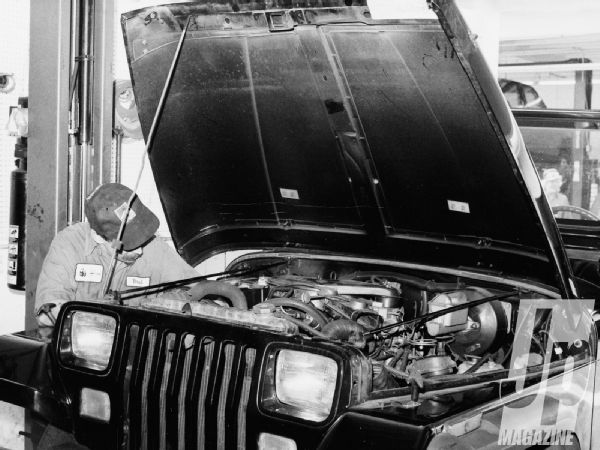 Rick Péwé
Editor-in-Chief, 4Wheel & Off-Road
Rick Péwé
Editor-in-Chief, 4Wheel & Off-Road
Replacing old, broken motor mounts on your Jeep is much easier than you might think-regardless of your mechanical aptitude. If you can hold a wrench and work a jack, you can probably do it yourself in your garage.

For this story, we enlisted the help of Four Wheel Parts Performance Center in Burbank, California, but the work can be done with simple handtools and a floor jack.
The motor mounts' job is to keep the engine and transmission in their proper positions and to insulate passengers from engine vibration. When a mount breaks or the rubber gets mushy, the drivetrain can move around and cause damage, such as allowing the fan to hit the radiator. Around town, this might not be too serious, but being stuck in the boonies with a shredded radiator can be a huge bummer.
Follow the photos to see how simple it was to replace the motor mounts on this Wrangler, and remember that the procedure is similar for many other Jeeps.
PhotosView Slideshow









